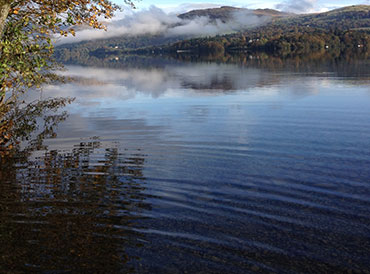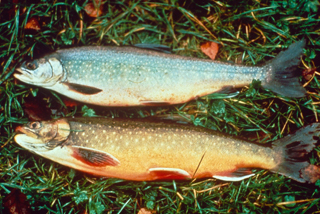Monitoring and managing lake reservoir systems
We design and undertake monitoring programmes to detect and understand change in ecosystem state, allowing us to inform lake and reservoir management measures. We take a whole ecosystem approach, including the physical dynamics of mixing and stratification, biogeochemical processes, and status and change in phytoplankton, macrophyte, zooplankton, macroinvertebrate and fish communities.
We offer a multidisciplinary approach to investigating lake and reservoir structure and function, combining traditional sampling, eDNA, earth observation and high frequency sensor technologies with in-situ, ex-situ microcosm and mesocosm experiments, and statistical and process-based modelling. Water companies use our research to inform restoration projects, and increase water supply resilience, in the face of multiple stressors including climate change, eutrophication and invasive species. For example, we have used our knowledge of reservoir ecosystem function to determine optimal draw-off depths and factors contributing to excessive growth of filamentous and potentially toxic phytoplankton.
Case study: Cumbrian Lakes Monitoring Platform

The Cumbrian Lakes Monitoring Platform is an example of our multi-faceted monitoring approach, combining eight decades of long-term physical, chemical and biological data with high frequency monitoring at sub-hourly frequency. This combination of methods enables us to investigate ecosystem responses to complex pressures such as climate change over multiple timescales, for example changes in stratification, oxygen concentrations, and primary production. We use the knowledge that we gain from this monitoring to identify important factors affecting lake state and function, informing stakeholders such as United Utilities, Natural England, the Environment Agency and the National Trust on the effectiveness of management actions.
Product: Lake Buoy
UKCEH have designed and built an automated monitoring system to collect environmental data at minute timescales that match the timescales of important lake processes, featuring state-of-the-art depth profiling systems. Each monitoring buoy carries a range of meteorological instruments, including air temperature, solar radiation, wind speed and direction and relative humidity. Underwater sensors measure temperature at twelve depths, as well as dissolved oxygen, pH, conductivity, chlorophyll a and underwater light near the surface.
Case study: Rare fish conservation

Working with environmental regulators, the water industry and collaborators throughout the UK, our scientists have led the development of quantitative, minimum-impact sampling techniques for rare fish populations, such as Arctic charr. We have supported the development of national and international protocols which include a minimum of biological sampling and an increased use of hydroacoustics for the study of such fish and aspects of their habitats. More recently, we have also collaborated on the development of passive hydroacoustics and environmental DNA techniques for the non-destructive biological sampling of fish.